This article was co-authored by wikiHow staff writer, Janice Tieperman. Janice is a professional and creative writer who has worked at wikiHow since 2019. With both a B.A. and M.A. in English from East Stroudsburg University, she has a passion for writing a wide variety of content for anyone and everyone. In her free time, you can find her working on a new crochet pattern, listening to true crime podcasts, or tackling a new creative writing project.
There are 12 references cited in this article, which can be found at the bottom of the page.
This article has been viewed 18,662 times.
Learn more...
Birth control sponges are a great way to protect yourself from an unwanted pregnancy, but they might be a little hard to get used to. Don’t worry! These sponges are really simple and easy to use; plus, you can find them at most pharmacies and drugstores. By reviewing the basic information, you can decide if a birth control sponge is the best option for you.
Steps
How do you insert a birth control sponge?
-
1Soak the sponge with water and give it a couple good squeezes. Rinse the sponge off under some clean tap water, which will kickstart the spermicide. Squeeze the sponge a few times to wring out a little bit of the extra water, so it isn’t dripping wet.[4]
- The sponge will look sudsy after you’ve squeezed it a couple times. This is totally normal!
- Don’t squeeze out all the water—the sponge should still be damp when you’re putting it in.
-
2Fold the sponge in half and slide it into your vagina. Check that the fabric loop is dangling along the bottom of the sponge, and that the indented sections are facing upward. Pretend you’re sliding in a tampon, and insert the sponge as far as you can into your vagina. Don’t worry—the sponge will unfold on its own and cover your cervix.[5]
-
3Double-check that the sponge is in place. Insert your finger and feel along the bottom of the sponge, making sure that it’s flat and secure. Try to find the fabric loop with your finger—this is what you’ll use to pull out the sponge later on.[6]
How long should I keep the sponge in?
-
1Keep it in place for at least 6 hours after you have sex. Don’t pull out the sponge right away—instead, give it a few hours to block and kill off the sperm. After 6 hours pass, you can safely remove and toss out the sponge.[9]
-
2Don’t leave it in for longer than 30 hours. Birth control sponges aren’t meant for long-term use or protection.[10] If you leave the sponge in for too long, you might be at risk for Toxic Shock Syndrome.[11]
- Toxic Shock Syndrome is a dangerous infection that can lead to a fever, change in blood pressure, and other symptoms. Some people develop this condition from using a tampon or birth control sponge for too long.[12]
Is the sponge effective birth control?
-
1The sponge is mostly 91% effective if you’ve never had kids. If you put the sponge in place correctly, there’s a 91% chance that you won’t get pregnant. If the sponge is a little off-kilter, your odds decrease slightly to 88%.[14]
-
2The sponge is only 80% effective if you’ve delivered a baby before. If you insert the sponge correctly, there’s an 80% chance that you won’t get pregnant. If the sponge isn’t quite used properly, those odds lower slightly to 76%.[15]
-
3Use a traditional condom along with the sponge for extra protection. Using a condom is the best way to protect yourself from an unwanted pregnancy, even if you’re using the birth control sponge already. While the sponge is mostly effective, a condom adds an extra layer of security and protection.[16]
What are the risks to using a sponge?
-
1It can have some unpleasant side effects. Birth control sponges are made with Nonoxynol-9, which can feel uncomfortable or irritating.[18] Some people experience vaginal dryness, urinary tract infections, and Toxic Shock Syndrome after using the sponge. It also increases your risk of catching an STD.[19]
-
2It can feel uncomfortable. Unfortunately, spermicides can lead to a bit of pain and discomfort. If you’re sensitive or allergic to spermicides, sulfites, or polyurethane, you might feel a burning sensation.[20]
-
3It doesn’t protect you from STDs or STIs. Birth control sponges are designed to prevent pregnancy, but don’t offer much more protection besides that.[21] If you want to stay completely protected, ask your partner to use a condom before getting intimate.[22]
- The spermicide on the sponge can cause a bit of irritation, which can raise the risk of transmitting STDs.[23]
Warnings
- Don’t use a birth control sponge if you’re menstruating, or you could develop Toxic Shock Syndrome.[25]⧼thumbs_response⧽
- Medical experts don’t recommend using the sponge if you recently went through a miscarriage or abortion.[26]⧼thumbs_response⧽
- Stop using the sponge if you develop symptoms of Toxic Shock Syndrome, like a high fever, dizziness, nausea, or a red rash.[27]⧼thumbs_response⧽
References
- ↑ https://www.mayoclinic.org/tests-procedures/spermicide/about/pac-20384550
- ↑ https://www.mayoclinic.org/tests-procedures/contraceptive-sponge/about/pac-20384547
- ↑ https://www.plannedparenthood.org/learn/birth-control/birth-control-sponge/how-do-i-get-sponge
- ↑ https://www.plannedparenthood.org/learn/birth-control/birth-control-sponge/how-do-i-use-sponge
- ↑ https://www.plannedparenthood.org/learn/birth-control/birth-control-sponge/how-do-i-use-sponge
- ↑ https://www.plannedparenthood.org/learn/birth-control/birth-control-sponge/how-do-i-use-sponge
- ↑ https://www.plannedparenthood.org/learn/birth-control/birth-control-sponge/how-do-i-use-sponge
- ↑ https://www.plannedparenthood.org/learn/birth-control/birth-control-sponge/how-do-i-use-sponge
- ↑ https://youngwomenshealth.org/2013/08/22/contraceptive-sponge/
- ↑ https://myhealth.alberta.ca/Health/aftercareinformation/pages/conditions.aspx?hwid=ug6472
- ↑ https://www.cdc.gov/mmwr/preview/mmwrhtml/00000273.htm
- ↑ https://kidshealth.org/en/teens/tss.html
- ↑ https://www.mayoclinic.org/tests-procedures/contraceptive-sponge/about/pac-20384547
- ↑ https://myhealth.alberta.ca/Health/aftercareinformation/pages/conditions.aspx?hwid=ug6472
- ↑ https://myhealth.alberta.ca/Health/aftercareinformation/pages/conditions.aspx?hwid=ug6472
- ↑ https://youngwomenshealth.org/2013/08/22/contraceptive-sponge/
- ↑ https://youngwomenshealth.org/2013/08/22/contraceptive-sponge/
- ↑ https://www.plannedparenthood.org/learn/birth-control/birth-control-sponge/what-are-disadvantages-using-sponge
- ↑ https://www.mayoclinic.org/tests-procedures/contraceptive-sponge/about/pac-20384547
- ↑ https://www.acog.org/womens-health/faqs/barrier-methods-of-birth-control-spermicide-condom-sponge-diaphragm-and-cervical-cap
- ↑ https://www.acog.org/womens-health/faqs/barrier-methods-of-birth-control-spermicide-condom-sponge-diaphragm-and-cervical-cap
- ↑ https://youngwomenshealth.org/2013/08/22/contraceptive-sponge/
- ↑ https://www.plannedparenthood.org/learn/birth-control/birth-control-sponge/what-are-disadvantages-using-sponge
- ↑ https://www.plannedparenthood.org/learn/birth-control/birth-control-sponge/how-do-i-use-sponge
- ↑ https://www.acog.org/womens-health/faqs/barrier-methods-of-birth-control-spermicide-condom-sponge-diaphragm-and-cervical-cap
- ↑ https://medlineplus.gov/ency/article/004003.htm
- ↑ https://www.mayoclinic.org/tests-procedures/contraceptive-sponge/about/pac-20384547


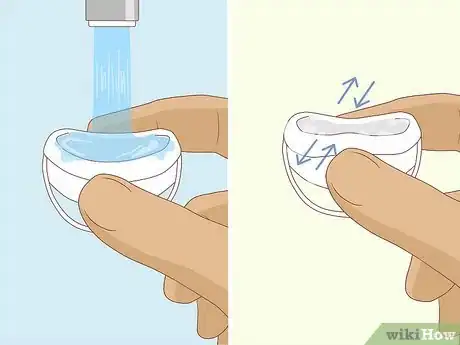
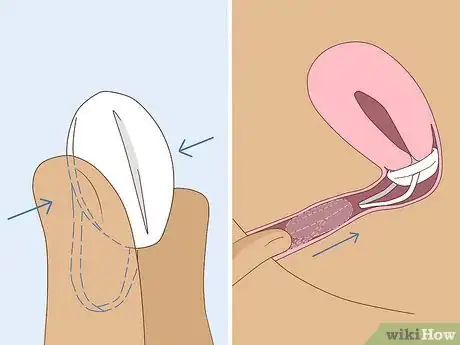


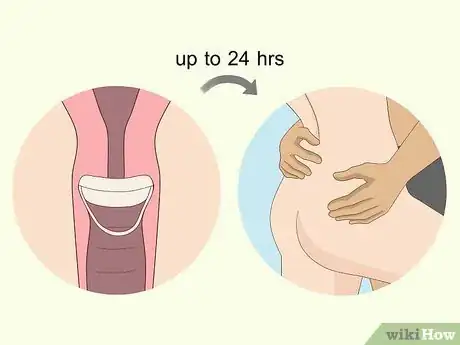

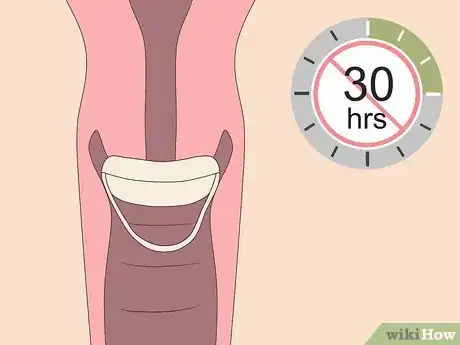
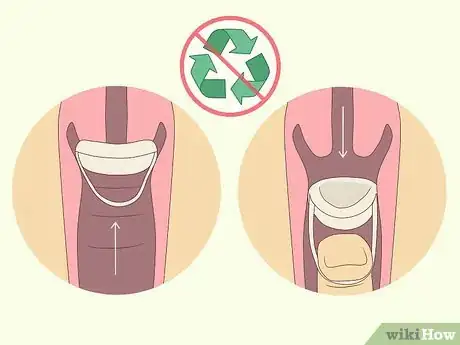





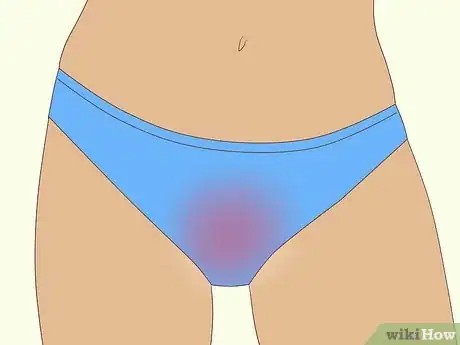




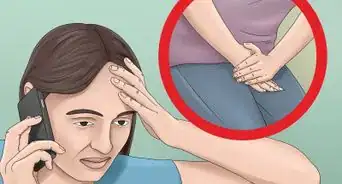
























































Medical Disclaimer
The content of this article is not intended to be a substitute for professional medical advice, examination, diagnosis, or treatment. You should always contact your doctor or other qualified healthcare professional before starting, changing, or stopping any kind of health treatment.
Read More...